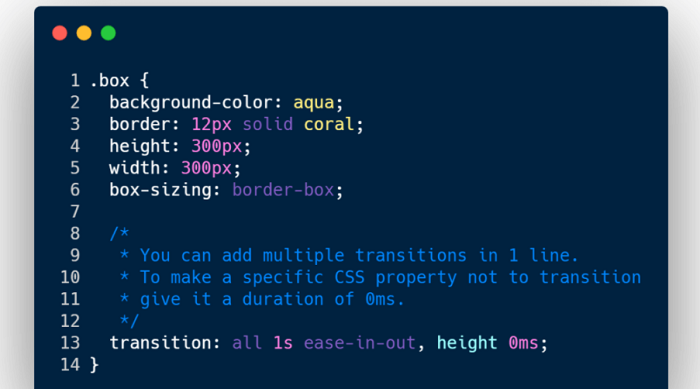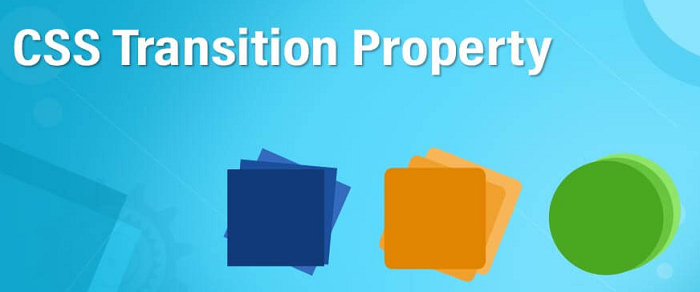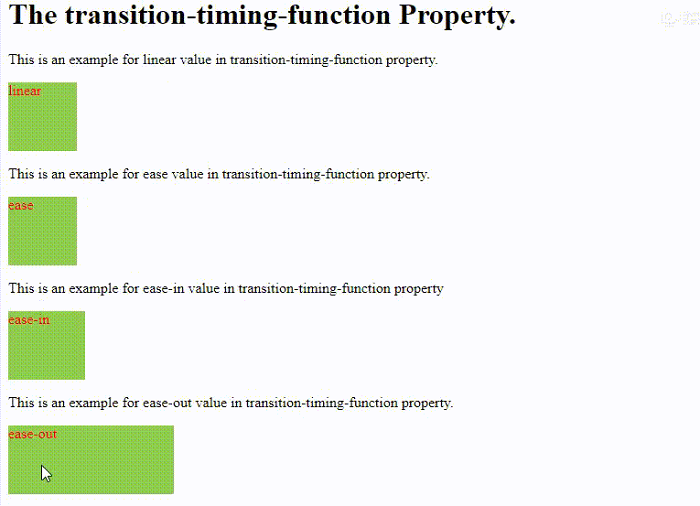
It is called responsive web design when you employ CSS and HTML to resize, conceal, shrink, enlarge, or relocate content to make it seem beautiful on any screen. Instead of having property changes take effect instantly, you may have them take place over time with CSS. If you are not sure what this implies, do not worry; we have got you covered. This post goes through a few tips and tricks to keep in mind while dealing with CSS transitions.
CSS Transitions
Transitions are the smooth change in the state of an element over a particular time period. A developer may animate the items on the website to transition into anything using CSS’s transition feature.

Although it may go missing, this functionality is effortless to create and looks a lot better than having text or graphics move abruptly. They have the power to completely transform the look and feel of a website and the visitor experience.
See Also: Stylish Focus Effect on Input Text Using CSS
How to Use CSS Transitions?
We may interpolate between the element’s initial state and its intended state using CSS transitions. When used effectively, they may provide a feeling of dynamism to space and considerably aid navigation. As a result, when using transition effects on distinct CSS components, you must specify which CSS property will apply to the effect and the duration of the effect.

The shorthand transition property regulates the CSS transitions. Although, transitions can be made using either the transition shorthand or the transition- properties. Using a comma in your transition may transition two or more CSS properties. You can also create different states using pseudo-classes such as hover or: active, or you can set them dynamically with JavaScript. Moreover, defining the transition property and transition duration is required when establishing the transition shorthand property. If you do not specify the transition-duration property, the browser will use 0 as the default value.
See Also: How to Use CSS3’s Transition Property
Sub-Properties of CSS Transitions
1. Transition-Property
Each single-property transition specifies how to apply the transition to a single property. You can set the transition property to any CSS attribute, such as background or padding. As a result, you may set transitions for several attributes by separating values in the transition property with a comma.
2. Transition-Duration
This attribute defines the delay period before the transition begins. That is, the time it will take for the intended component to change from one state to the next. You can state the time value as a decimal-based number for more exact timing. However, CSS does not permit negative values. You can express this number with the s suffix in seconds (like 3s).
See Also: Apply Cool Linear and Radial Gradients Using CSS
3. Transition-Timing Function
The transition-timing-function attribute affects the transition’s speed curve. The keywords are often ease, linear, ease-in, ease-out, or ease-in-out.

Although, by default, all transitions have a value of linear, which indicates the property changes evenly until the transition ends. You may also use cubic-bezier to design your own timing function.
See Also: 8 Cool CSS Snippets for Text Inputs
4. Transition-Delay
You define the delay using the transition-delay property by stating the number of seconds or milliseconds it should take before the transition begins. When transitioning between several properties, you can specify various delays.

If fewer delays are defined in the master list than in the list of delay values, the list of delay values will continue until ample. On the other hand, if there are more delays, the list of delay values will shorten to fit the number of properties. However, the CSS declaration is valid in both circumstances.
Conclusion
CSS transitions and CSS transformations, as well as CSS animations, can now handle the bulk of motion needs. When you enable CSS transitions, changes occur at time frames that follow an acceleration curve. Although you can easily modify all the transitions. You can program a smooth transition if you group all of the transition characteristics together. Although, you must provide two things when creating a transition effect: the CSS property to which you wish to apply the effect and the duration of the effect. However, when utilizing abbreviated properties, keep in mind that the amount of triggered events differs between browsers.
